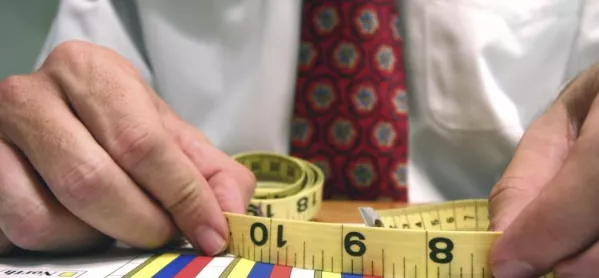When we’re assessing pupils, often, it can be hard to work out if they have really mastered something, or if their understanding is more superficial. Take vocabulary: what does it mean to truly know the meaning of a new word? One of my favourite education books, Bringing Words to Life, by Joan Beck, Linda Kucan, and M G McKeown, has some interesting insights about this question.
One example in this book involves pupils learning the word ‘reluctant’. The word is first introduced in the context of a story about a little girl who is reluctant to leave her teddy bear behind in a laundromat. When the teacher asks the class to use the word ‘reluctant’ in a sentence, the first response she gets is: “I would be reluctant to leave my teddy bear in a laundromat.” The teacher asks for another example, and another pupil says, “I would be reluctant to leave my teddy bear in the supermarket.” The teacher asks again for another response that doesn’t involve teddy bears, and the third child says, “I would be reluctant to leave my drums at my friend’s house.” The teacher then asks for a use of the word reluctant which doesn’t involve leaving something somewhere! The next response she gets is: “I would be reluctant to change a baby’s diaper.” The authors use this anecdote as an example of the way that children’s understanding of a new word is often limited to the context they encountered it in.
Understanding is not binary
We’d all probably accept that the fourth response shows a better understanding of the meaning of the word ‘reluctant’, as the pupil has managed to transfer the meaning to a very different context. We might want to go even further than that, and say that a pupil doesn’t truly understand the word ‘reluctant’ unless they can use it unprompted in their own writing or speech at an appropriate moment. We can see from this that even for something as apparently simple as the meaning of one word, understanding is not a binary concept. It is probably more accurate to think of understanding as a spectrum. At one end are pupils who have never heard or read the word reluctant, and who have very few experiences to draw on to help them understand the word. At the other end are pupils who have a full and rich understanding of the word, and who can use it spontaneously in appropriate contexts. Most pupils will lie somewhere in the middle of these two extremes. And if this is true of individual words, it’s even more true of complex skills like reading or arithmetic.
A combined approach
This is one reason why we need different assessment tasks, because one task alone can’t fully capture these different shades of understanding. When assessing word knowledge, a blend of closed and open tasks can achieve a lot more than any one type of task. Frequent short-answer questions can give a teacher a precise idea of a pupil’s understanding of a word. These questions can be answered in writing or orally, as in the example above where the teacher probes for different examples of the word in use. Then, to check that pupils really ‘own’ a word for the long-term, teachers can follow up with less frequent extended writing tasks, where the aim is not to assess the understanding of any one specific word, but to see if pupils are using their improving word knowledge appropriately. Done well, this kind of combined approach doesn’t just measure a child’s understanding: it helps to develop it as well.
Daisy Christodoulou is director of education at No More Marking and the author of Making Good Progress? and Seven Myths about Education. She tweets @daisychristo




